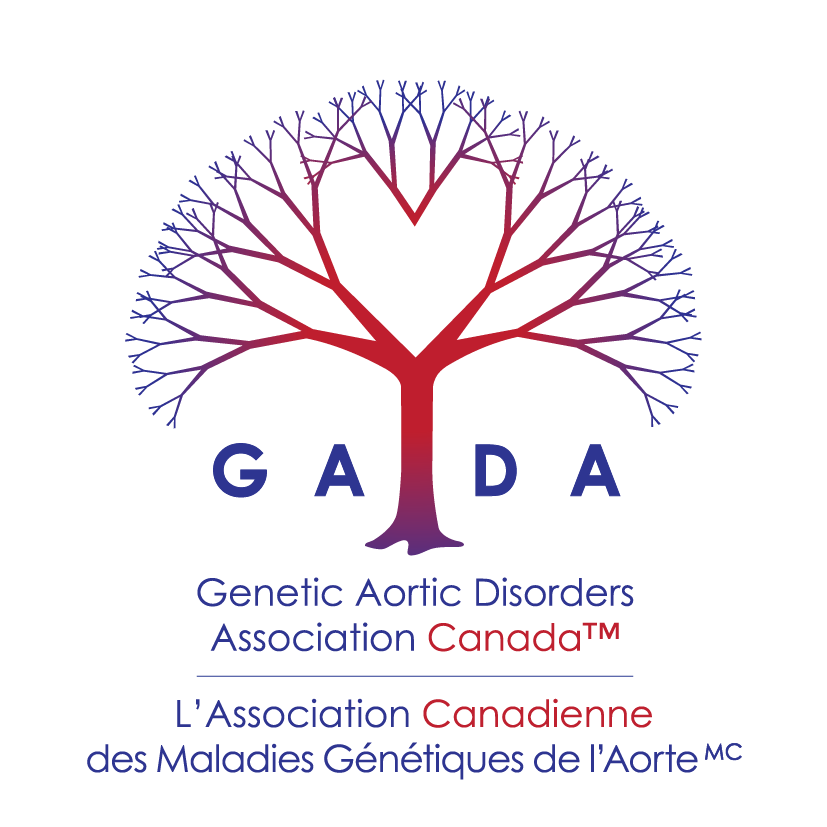Loeys–Dietz syndrome (LDS), an autosomal-dominant connective tissue disorder first characterized by aortic aneurysms and generalized arterial tortuosity, hypertelorism, and bifid/broad uvula or cleft palate, was first described in 2005.1,2 With variable expression, mutations in the transforming growth factor β receptor I (TGFBR1) and transforming growth factor β receptor II (TGFBR2) genes were discovered to be the first reported genetic causes of LDS. Subsequently, gene mutations in the mothers against decapentaplegic homolog 3 (SMAD3) gene and the transforming growth factor β 2 ligand gene (TGFB2) were associated with phenotypes showing typical manifestations of LDS.3,4,5,6 Mutations in all four genes show similarly altered transforming growth factor-β (TGF-β) signaling, and individuals show similar cardiovascular, craniofacial, cutaneous, and skeletal features.1,2,3,4,5,6 Most importantly, affected individuals show widespread arterial involvement, with vascular tortuosity, a high risk of aneurysms and dissections throughout the arterial tree, and an aggressive vascular course. No specific clinical criteria exist, as the diagnosis is confirmed by a molecular test.7 We propose that a mutation in any of these four genes in combination with arterial aneurysm or dissection or family history of documented LDS should be sufficient to establish the diagnosis. These diagnostic procedures may ultimately be applicable to newly discovered genes that directly influence the TGF-β signaling cascade and result in widespread and/or aggressive vascular disease. This narrative review will describe the classification of LDS, genetic etiologies, cardinal clinical manifestations, and best-evidence management recommendations for the panoply of serious sequelae associated with this syndrome.
